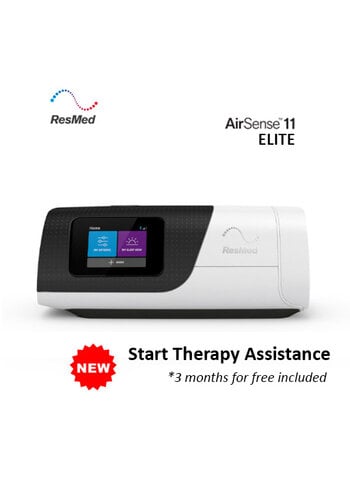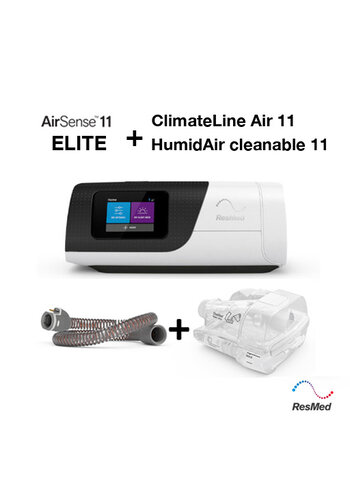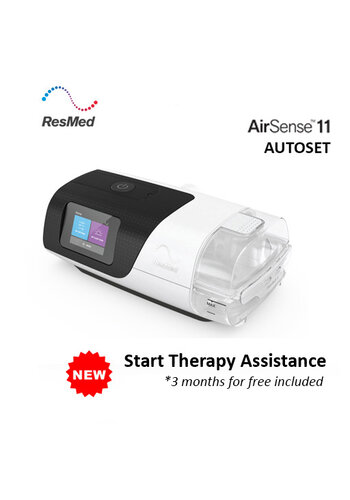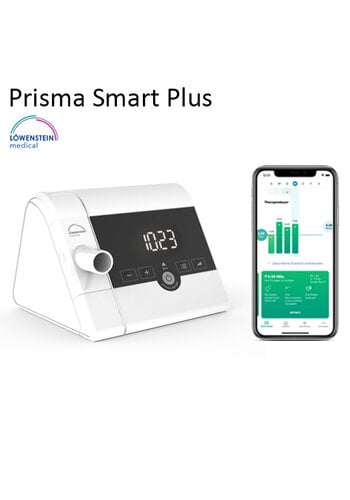What is sleep apnea?
Apnea is a respiratory arrest of at least 10 seconds during sleep. Hypopnea is a decrease, for at least 10 seconds, of 10% to 50% of the inspiratory flow during sleep leading to a desaturation of 3 to 4% of the oxygen level in the blood. Apnea is a complete respiratory arrest while hypopnea is a partial respiratory arrest. We talk about sleep apnea syndrome if there is a minimum of 15 apneas / hypopneas per hour of sleep. An apnea / hypopnea index between 15 and 30 per hour is considered moderate. An index greater than 30 per hour is considered to be severe.

Consequences of sleep apnea syndrome?
High blood pressure, cardiac arrhythmias (lack of oxygen in the blood)
Daytime sleepiness (driving, reading ...)
Difficulty concentrating, memory loss, irritability
Treatments for sleep apnea syndrome?
CPAP, Auto-CPAP or autopilot, BiPAP (Moderate to severe apneas)
Mandibular advancement or OAM (light to moderate apnea).

How does a CPAP / PPC (Continuous Positive Airway Pressure) work?
The device generates a continuous flow of air. During the night, the CPAP / PPC sends pressurized air, via a hose and a mask, into the nose and throat. This creates an overpressure in the throat which prevents the airways from closing. The therapeutic pressure against sleep apnea is determined by your doctor and varies between 4 and 20 Hpa. The use of CPAP / PPC requires precise therapeutic pressure to ensure effective therapy. In case of dry mouth or irritation, the use of a heated humidifier is recommended.
How does a auto cpap work?
The therapeutic pressure is automatically adjusted according to respiratory events during the night. An algorithm analyzes the events and automatically adjusts the therapeutic pressure necessary for your treatment to ensure its effectiveness. Very often, the average therapeutic pressure during treatment with self-CPAP or self-piloted CPAP is lower than that necessary with a conventional CPAP. The auto-CPAP or autopilot PPC allows you to treat your obstructive sleep apnea independently. The new algorithms make it possible to differentiate obstructive apneas, which require an adaptation of the therapeutic pressure, from central apneas, which do not require them.
How does a BiPAP work?
BiPAP is a flow generator that operates on two pressure levels. The first called IPAP maintains a positive pressure during the inspiration phase and the second a positive pressure during the expiration phase. The IPAP pressure is always higher than the EPAP pressure. BiPAP is used for severe apneic patients and patients with alveolar hypoventitalion syndrome. Patients with high therapeutic pressure> 14 cm H2O can benefit from BiPAP .

















































